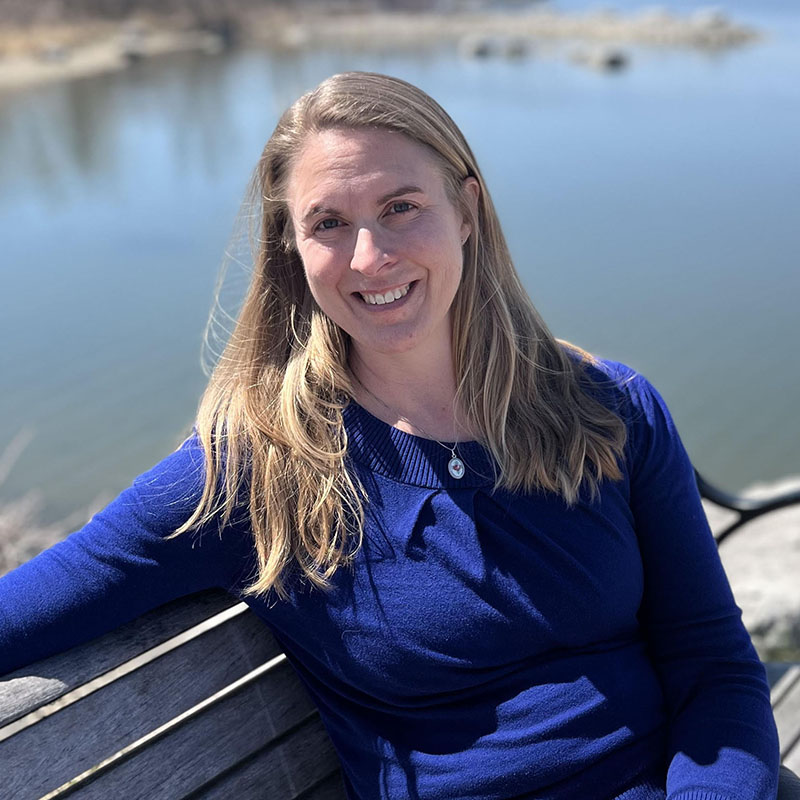Relationships and Self Practice: Part 1
By Tara McGee, MSW, RSW, Dip TIRP
Psychotherapist, OCSWSSW
Yoga Therapist, IAYT
Being in a long term, committed relationship has many benefits, such as having connection to and support from:
- Someone who really knows you
- Someone whom you feel you can be yourself with
- Someone who supports you when you need it
- Someone to talk to
- Someone to hang around with
- Someone to help out with all the tedious tasks involved in running a household (if you live together)
- If you are a parent, someone to parent with.
But to maintain this type of relationship requires a lot of commitment, a ton of good communication, time and a lot of personal work – yes, PERSONAL work. Relationships bring up not only our strengths, but also our idiosyncrasies and our trigger points. You know, those things that other people do that drive you mad, make you feel like you hate them, and make you want to run far, far away. Those are trigger points, and their corollary, your patterns of response to triggers, belong to you.

What I see a lot in my practice with people in partnered relationships (and in my own self) is that when the other person triggers us, our first reaction is that the other person needs to change. We figure that because we are getting triggered, the issue is coming from the other person, so the other person must change so that we can feel better. Yes, this is true; unless you are living with a fully realized being who has completely purified themselves, the other person probably has a bunch of work to do on themselves too – but that’s their responsibility.
Ask yourself, are you a fully realized being? Probably not, so if you are getting triggered, you have some work to do too. Also, we don’t have control over the other person, so trying to change them or get them to stop “triggering us” is a futile fantasy. What is not fantastical is that we all have relational patterns and trigger points that are ours. WE OWN THEM. THEY ARE OURS. These patterns of response to triggers are literally embedded in our cells and have nothing to do with what anyone else does. The choices we make as a result of these unconscious patterns may not be the healthiest choices for us; however, if we are adults or maturing teens, they are our responsibility.

Our nervous systems, in concert with all of the other systems in the body, develop relational patterns to help us cope. Let’s say you lived in a family where your parents were often anxious. One parent expressed this by blaming a lot, and the other parent expressed this by placating the blaming parent and resenting them later. As a child, you would both figure out how best to cope with those expressions of anxiety, thus developing your own patterns to survive them when your parents enacted their anxiety, and you would also learn to mimic your parents’ patterns of survival. These patterns practiced over and over then become embedded in your nervous system and the other systems of the body and become unconscious patterns you enact whenever you feel, imagine or sense the same thing is happening again with someone else… like your relationship partner.
So, whereas one person may respond to yelling (trigger) by yelling (pattern), another person may respond to yelling (trigger) by submitting (pattern), and still another may respond to yelling (trigger) with fleeing (pattern). These responses would be considered unconscious because the person responding with the pattern is not making a conscious choice; instead, they are responding to a new situation in the same ways they have responded in the past. They have not become conscious enough to override former ways of coping that may not apply to this new situation. It may not apply because the person they are responding to may be different, the context or situation or relational field may be different, and indeed, they may be older and wiser and have more access to internal and external resources, so they don’t have to respond that way anymore to survive. It’s just that their nervous system has not gotten the memo, and it continues to respond in all its old ways.
Someone who has really worked on themselves, is emotionally regulated and embodies maturity and a sense of self could see their pattern arise and make a different choice to respond to yelling with understanding, listening and compassion rather than with blame, placating, fleeing or other ways of coping. See how the trigger is external and does not cause the resultant patterned response; the resultant patterned response is all yours – it is in you. If it is in you, then only you have the power to change your experience of the trigger and the choices you make to respond in new ways that better fit your life as it is in the present.
Ah, changing the pattern; this is the challenge! This is also the purview of psychotherapy and yoga practice – helping people shift their patterns away from the unconscious, programmed responses they have developed without awareness, towards conscious, chosen patterns that they have practiced with awareness. Many people don’t realize that yoga is a psychological system that has been refined over thousands of years and has so many tools and techniques to assist in this goal.
The yoga sutras of Patanjali define Yoga as, “The ability to direct the mind exclusively toward an object and sustain that direction without any distractions” (Sutra 1.2, translation from TKV Desikachar, The Heart of Yoga). In this case, the direction we are wanting to focus our attention on is a more adaptive, mature response to an external trigger. In order to create new patterns that can be sustained in a direction that is going to benefit our relationships and ourselves, we need to choose a goal and then create a practice with tools that will lead us to the goal. Then we need to practice a lot.
Check out our blog for Part 2 of this learning coming soon.

Tara
